Account Login
- Home
- Mobiles
-
- News
-
All news
Latest news
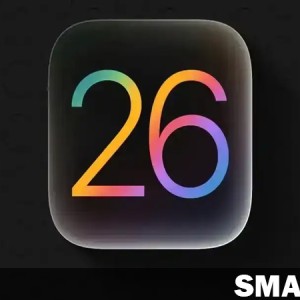
Sep 12, 2025 /
iOS 26 Release Date and New Features Overview

Sep 12, 2025 /
iPhone Air: Apple’s Thinnest Smartphone Ever Launched

Sep 12, 2025 /
iPhone 17 Launch: 120Hz Display, Dual 48MP Cameras
-
- Reviews
-
All reviews
Latest reviews
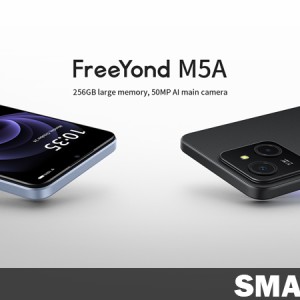
Jun 14, 2024 /
FreeYond M5A : A New Name in Budget Mobile
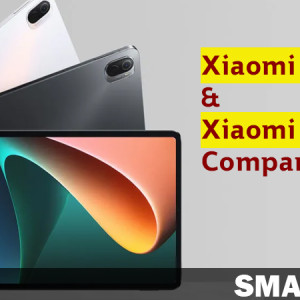
Apr 23, 2023 /
Xiaomi Pad 6 vs Xiaomi Pad 6 Pro Comparison
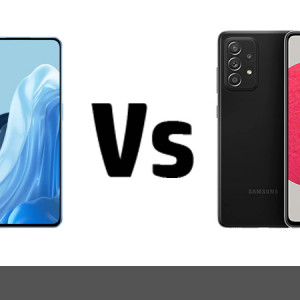
Jun 22, 2022 /
Oppo Reno 7A 5G vs Samsung A52s 5G Specifications Comparison
-
- Other
- Contact Us
Top 10 Smartphones
| Device | Total hits | ||
|---|---|---|---|
| 1 |
| 26711 | 2 |
| 23921 | 3 |
| 22087 | 4 |
| 20703 | 5 |
| 20610 | 6 |
| 19781 | 7 |
| 19667 | 8 |
| 19177 | 9 |
| 18926 | 10 |
| 18893 |
Best Ratings
Latest News
Latest Reviews
Xiaomi 14 Ultra is here with Summilux lens
Feb 26, 2024 Chathura Prabhaswara Gamage News 1072 hits

Xiaomi 14 Ultra is here with Summilux lens
After several leaks and rumors, Xiaomi finally unveiled its Xiaomi 14 Ultra in China today . The new flagship sits atop the Xiaomi 14 range as the new king of cameras in the range. The device brings all the flagship specs you'd expect, such as a Qualcomm Snapdragon 8 Gen 3 and a quality OLED display. However, its unique feature is its impressive camera setup with a 1-inch camera and Summilux lens.
XIAOMI 14 ULTRA – SPECIFICATIONS AND KEY FEATURES
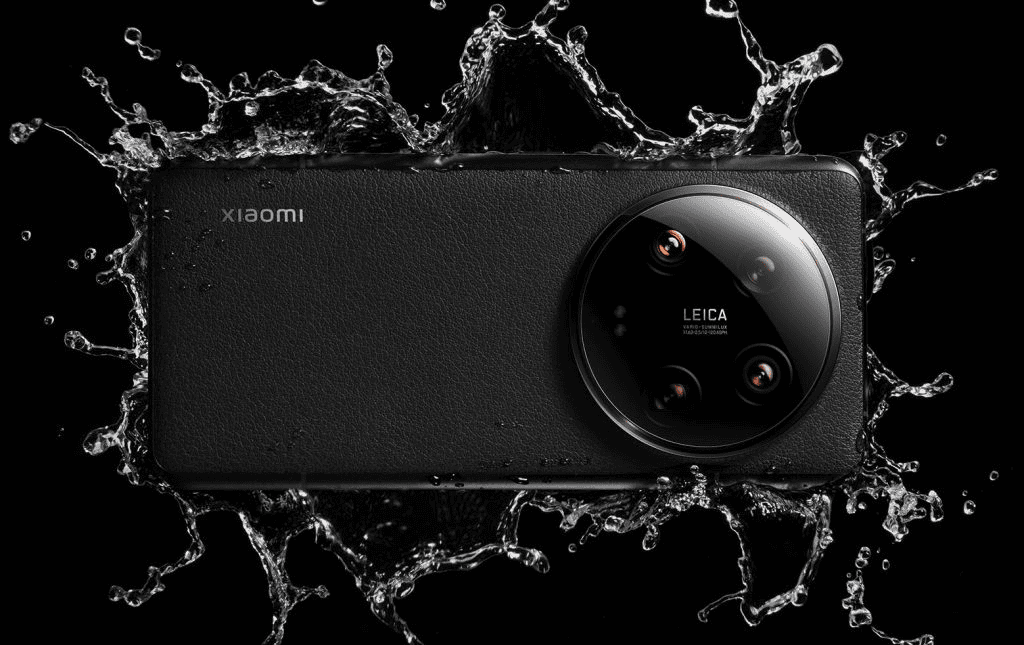
At first glance, the Xiaomi 14 Ultra may seem unchanged from its predecessor. The design is the same with a few minor tweaks. The device comes in three versions. The black and white model has a faux leather back panel and weighs 224.4g. The blue model comes with what Xiaomi calls Dragon Crystal on the back and is heavier at 229.5g. Finally, there's the Titanium special edition, which weighs 229.5 grams. According to Xiaomi, it uses grade 5 titanium, just like the iPhone.
CAMERA SPECIFICATIONS
The new Xiaomi 14 Ultra abandons the sharply increased frame of the camera island of the 13 Ultra model. The new model has a delicate design that fits better in the hand. Speaking of the camera, let's take a closer look at this impressive camera setup. Xiaomi has kept the quadruple 50 MP camera setup with a formula of 0.5x + 1x + 3.2x + 5x zoom. The main camera is a 1″ sensor, but now uses the latest Sony LYT-900 image sensor with a better design and faster readout. The lens is technically still a 23mm dual aperture unit. It switches between f/1.63 f/4.0 aperture and lets in up to 136% more light than the f/1.9 - f/4.0 lens on the Xiaomi 13 Ultra. The brand calls this mechanism a continuous aperture, which suggests that it can range anywhere between f/1.63 and f/4.0.
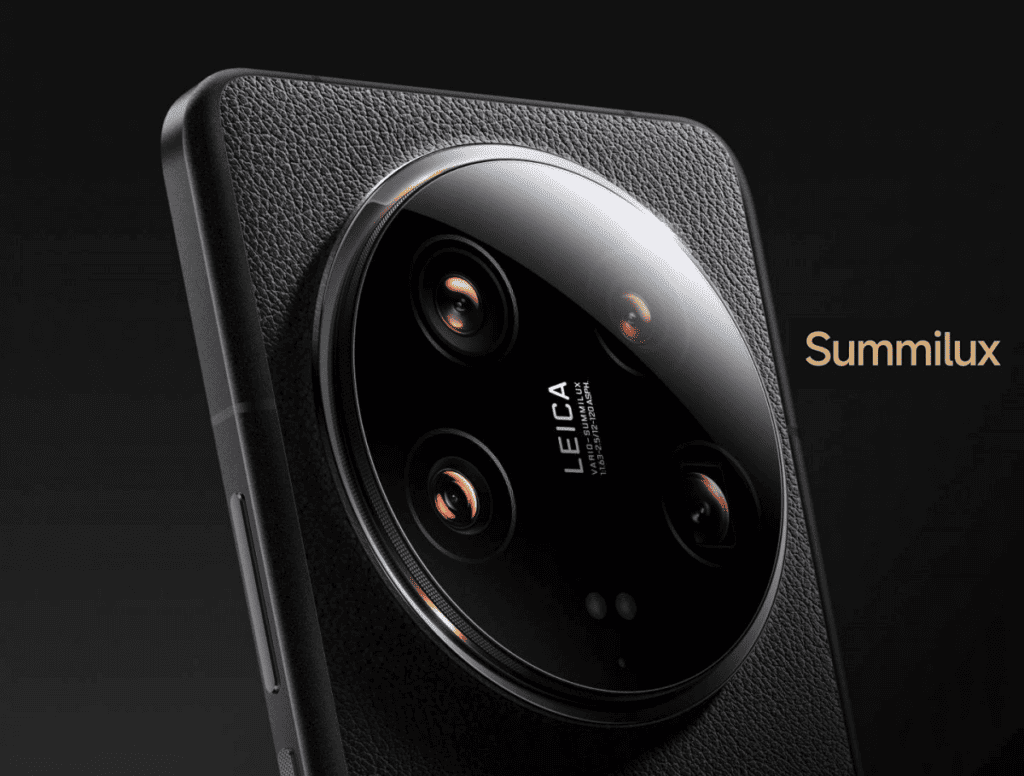
For the Xiaomi 13 Ultra, Xiaomi has adopted the name Simmicron lens. Now comes Xiaomi 14 Ultra with Summilux lens. As Leica describes their lens, the Simmicron is an f/2 lens, while the Summilux is f/1.4. The main camera can also capture Ultra RAW images in impressive quality and deliver them in DNG format with full image data. This is a powerful camera that will not disappoint photographers and professionals in the field.
LENSES
The zoom lenses are the regular 3.2x 75mm f/1.8 and the periscope 5x 120mm f/2.5. Both use the same 1/2.5-inch Sony IMX858 sensor with a 12mm f/1.8 ultra-wide lens. The 120mm periscope was upgraded from an f/3.0 lens to an f/2.5 lens. Xiaomi has shared a comparison of the lighting capabilities of the Xiaomi 14 Ultra telephoto lens with the lighting capabilities of the iPhone 15 Pro series. The 120mm f/2.5 lens captures 196% more light than the Apple iPhone Pro Max and 474% more than the iPhone 15 Pro. Xiaomi 14 Ultra can do 30x ultra zoom with artificial intelligence. Xiaomi claims that it directly sweeps the competition. Another impressive aspect is the minimum focusing distance of both zooms. 75mm can take photos from 10 cm, while 120mm focuses from 30 cm.
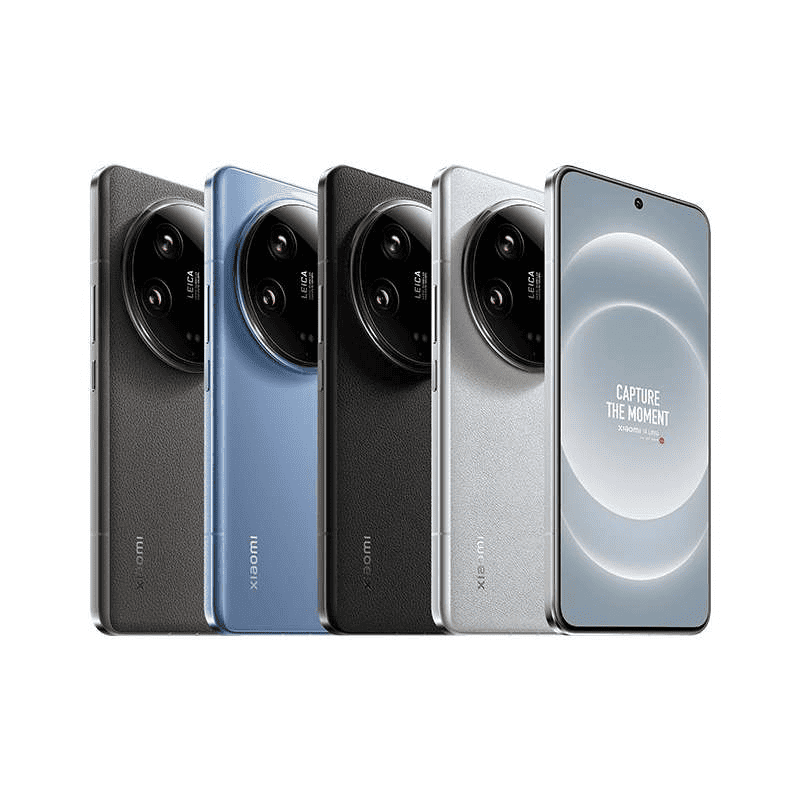
DISPLAY
The Xiaomi 14 Ultra is equipped with a 6.73-inch LTPO AMOLED display with a refresh rate of 120 Hz and a resolution of 3,200 x 1,440 pixels. The phone supports Dolby Vision and HDR10+. The panel is slightly brighter and is rated at 3,000 nits. Xiaomi calls the glass on top of the display Shield Glass and claims it has 10 times more drop resistance and is also more transparent. The corners of the screen are slightly curved on all sides. Xiaomi calls it All Around Liquid Display. The phone has a centered hole for the selfie camera.
PERFORMANCE
The Xiaomi 14 Ultra is powered by a Qualcomm Snapdragon 8 Gen 3 processor and has up to 16 GB of RAM and up to 1 TB of internal storage. To ensure the best possible performance, the device is equipped with a 3x larger cooling chamber to keep the temperature under control. You can run everything from apps to games on this powerful device. And the cooling system ensures everything runs smoothly. In terms of software, the Xiaomi 14 Ultra comes with Android 14 with HyperOS.
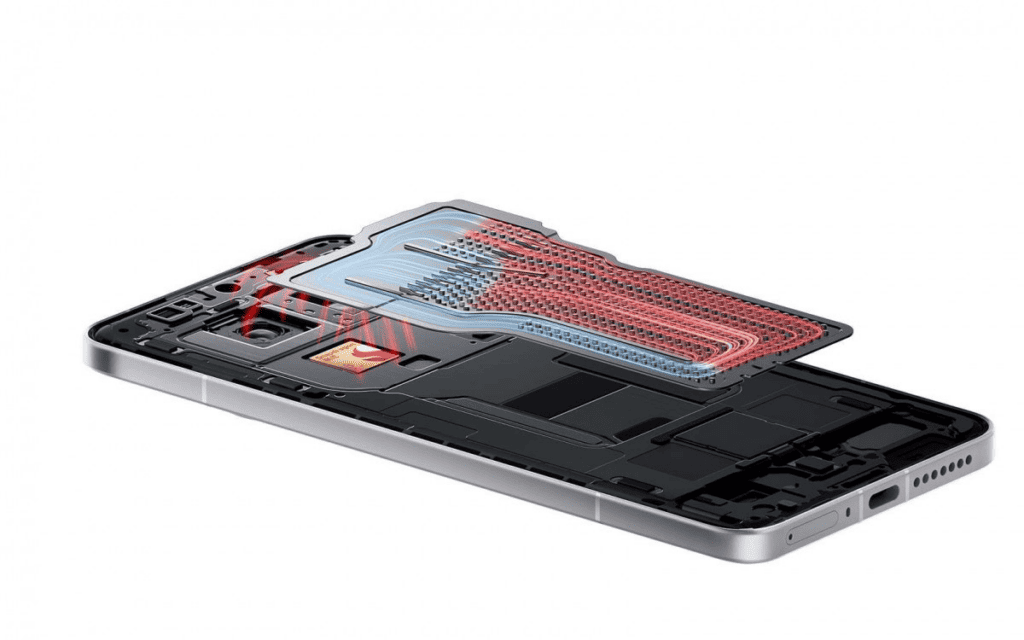
The device draws power from a decent battery with a capacity of 5,300 mAh, which is equipped with 90W cable charging. It also supports 80W wireless charging. That's a very small difference between a wired and wireless charging solution. The battery is protected by Xiaomi G1 and P2 chips for overvoltage.
SATELLITE COMMUNICATIONS
As we already mentioned, there is a special Xiaomi 14 Ultra Titanium Edition. This particular variant is equipped with two-way satellite communication. This allows users to send emergency alerts even in areas without a mobile connection. The device is equipped with a T1 signal enhancement chip that helps with cellular, Wi-Fi and Bluetooth connectivity.
XIAOMI 14 ULTRA: CENY
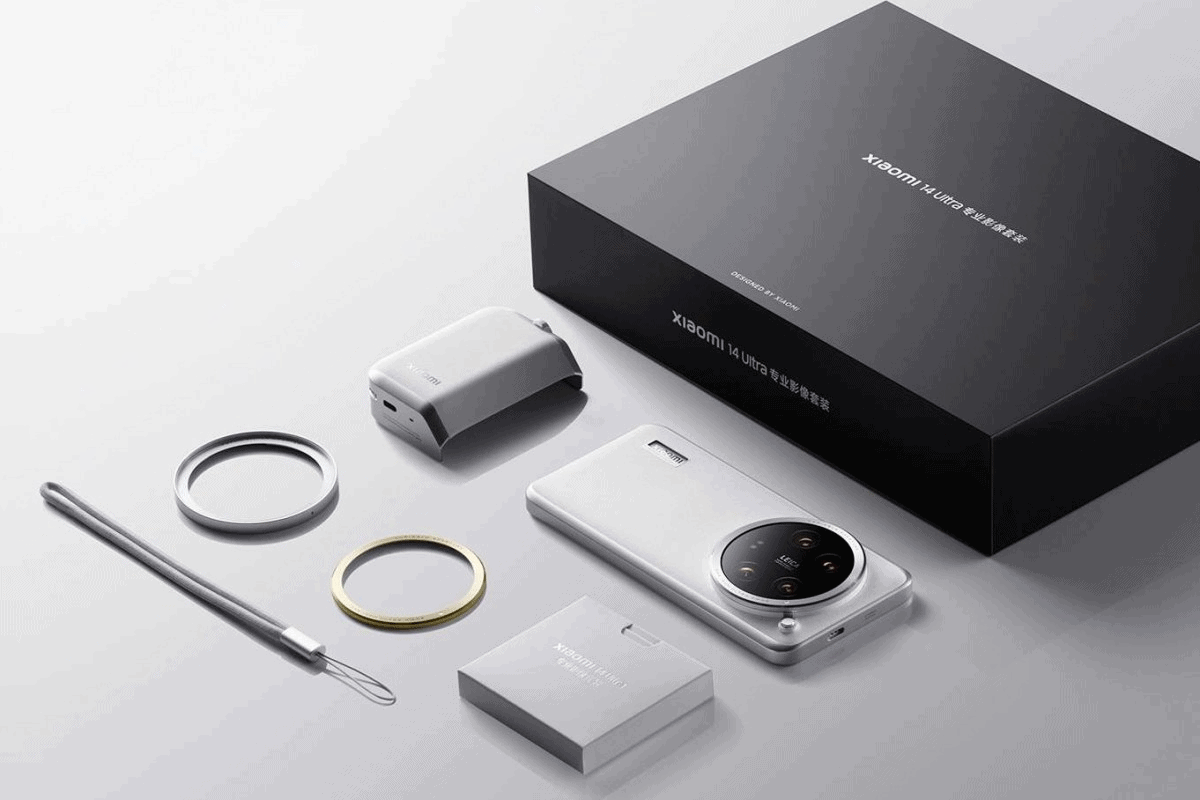
The Xiaomi 14 Ultra is available in blue, black and white. It has three variants: a 12GB/256GB model priced at CNY 6,499 (€830), a 16GB/512GB model priced at CNY 6,999 (€900), and a 1TB 16GB variant that costs CNY 7,799 (€1,000). The special Titanium Edition costs CNY 8,799 (€1,130). The Xiaomi 14 Ultra will hit international shelves on February 24 during MWC 2024. However, the global prices will be different from the Chinese prices. We also don't have high hopes for the Titanium Edition to be sold outside of the domestic market.
Xiaomi offers accessories for the 14 Ultra model in the form of a Photography Kit camera set. It's a two-piece accessory with a case and attachable camera grip with a 1500mAh battery and Bluetooth-enabled camera controls. It costs CNY 699 (€90). There is also a special CNY 499 (€64) 80W wireless charger.
Wait for Serial Number
00:59


















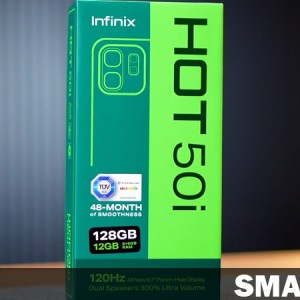
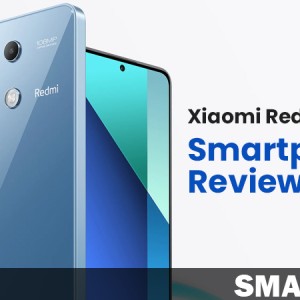


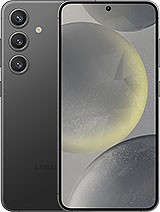





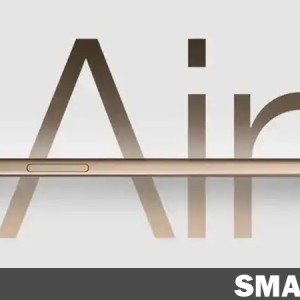


Leave a comment: